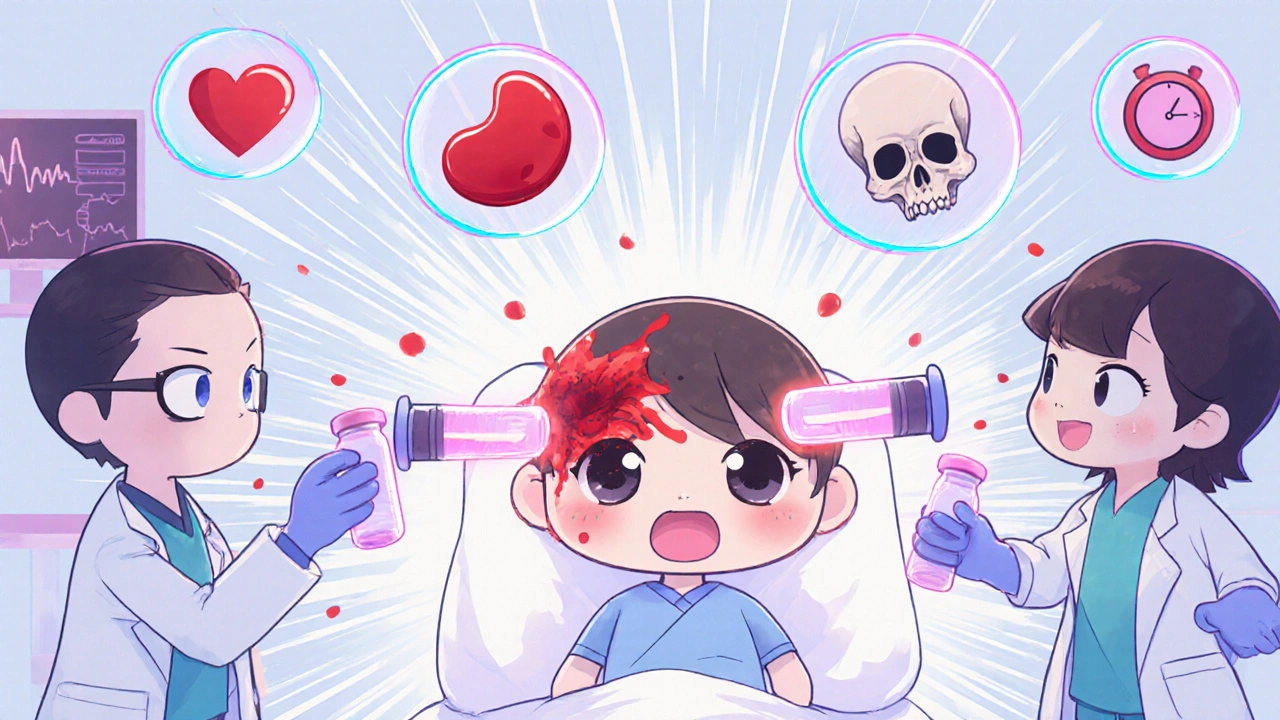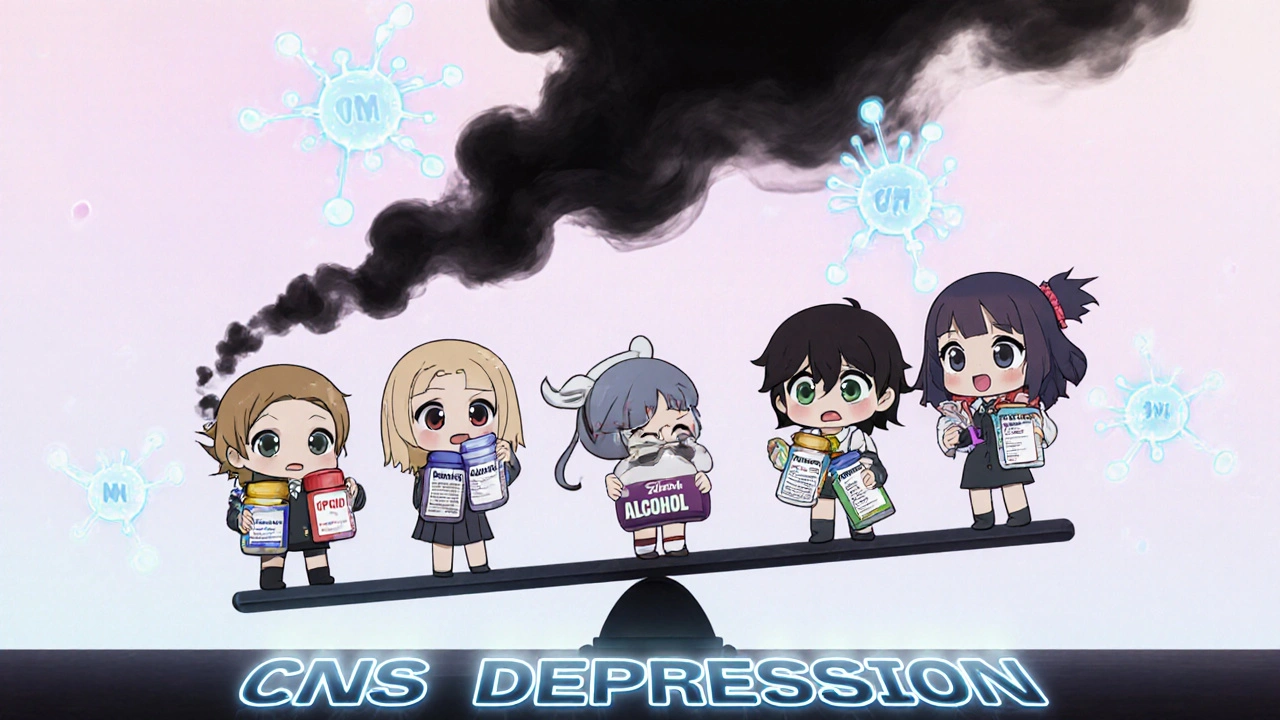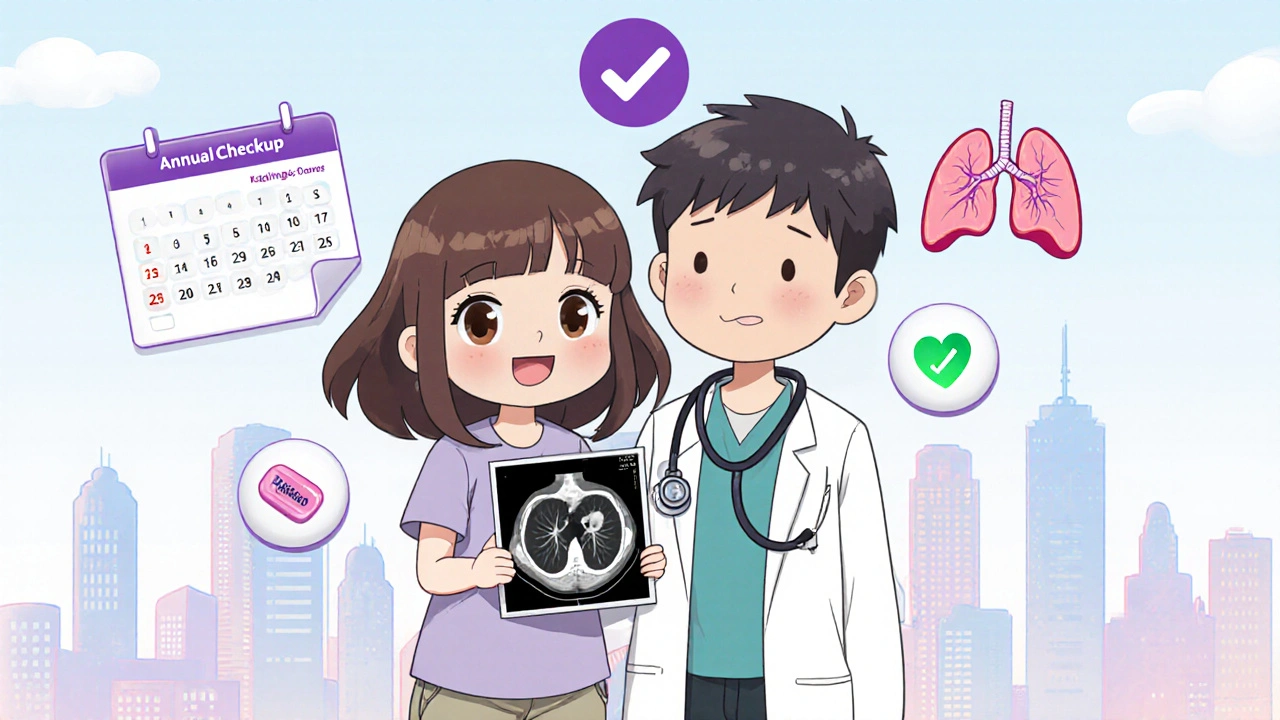Reversal Agents: What They Are and How They Save Lives
When someone overdoses on opioids, benzodiazepines, or other powerful drugs, time is everything. That’s where reversal agents, specialized drugs designed to instantly block or reverse the effects of other medications. Also known as antidotes, they work like a reset button for the body’s nervous system—stopping breathing failure, sedation, or heart problems before they turn fatal. These aren’t just hospital tools—they’re life-saving gear carried by first responders, family members, and even people who use drugs themselves.
Take naloxone, a reversal agent that kicks opioids out of brain receptors within minutes. It’s the reason so many overdose deaths are now preventable. You don’t need a prescription to get it in most places, and it’s safe even if the person didn’t take opioids—no harm, just peace of mind. Then there’s flumazenil, the antidote for benzodiazepines like Xanax or Valium. Used in ERs when someone’s too sedated to breathe, it works fast but isn’t used lightly—because it can trigger seizures in people dependent on those drugs. These aren’t abstract concepts. They’re real tools tied to real stories: a parent saving a teen, a nurse reversing an overdose on a bus, a friend keeping someone alive until help arrives.
Reversal agents don’t fix the root problem, but they buy the time needed to fix it. They’re part of a bigger picture that includes drug interactions, chronic pain management, and mental health care—all topics covered in the posts below. You’ll find deep dives into how sedatives like opioids and benzodiazepines interact, why some people are more at risk, and how medications like those used for epilepsy or heart conditions can accidentally make overdose more dangerous. Whether you’re a patient, caregiver, or just someone trying to understand how these drugs really work, this collection gives you the facts without the fluff.





